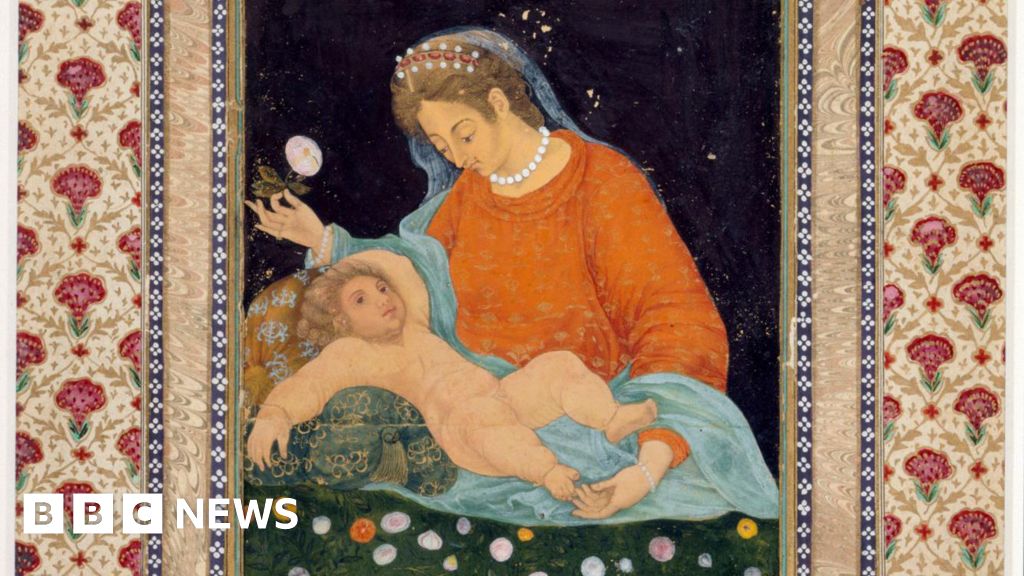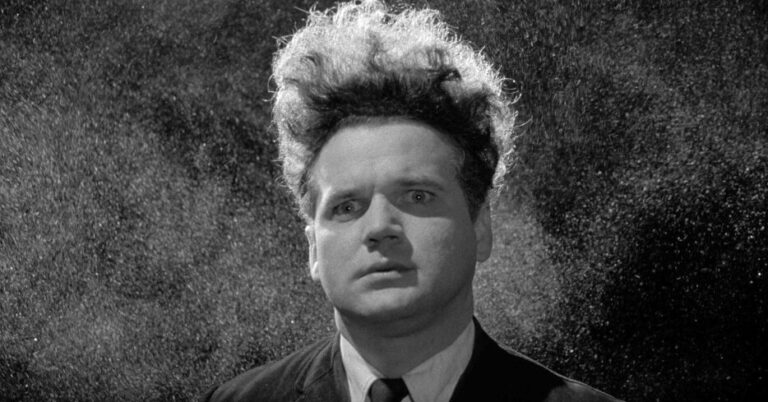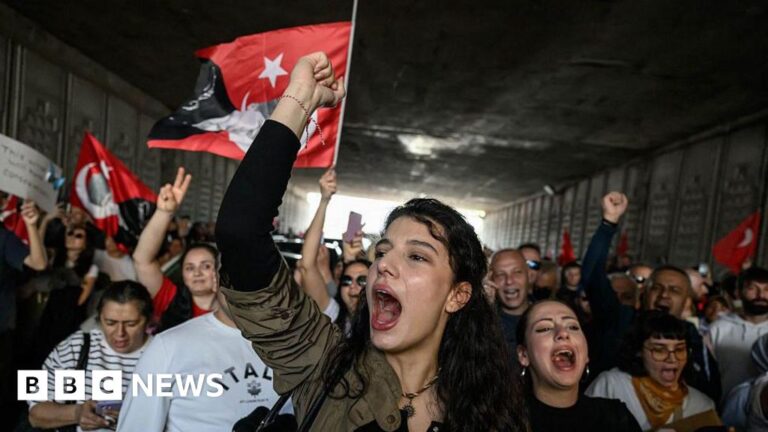Here is the plain text result:
The birth of Jesus Christ – a seminal biblical event – has been the subject of many paintings by Western artists, who have often applied the ideas of beauty and creativity prevalent there while depicting the event on canvas. These works are among the most widely available representations of Christian art, shaping how the world views this biblical event and subliminally divesting those outside the West from influencing it.
But over the centuries, artists in India have sought to express their vision of this event by painting Jesus’s birth and other Christian themes in their own style. Some have done so consciously, others unconsciously, but the end result is a body of work that breathes new life and meaning into the event of Christ’s birth, and Christianity itself.
Mughal emperor Muhammad Jalaluddin Akbar is credited with introducing northern India to Christianity by inviting Jesuit missionaries to visit his court. The missionaries brought with them holy scriptures and European artworks on Christian themes which influenced court painters. Akbar and his successors also commissioned many murals with Christian themes and some court painters began infusing these paintings with elements of Islamic art.
Jamini Roy, a renowned Indian artist, celebrated for creating a unique visual language by bringing together elements of Bengali folk art and Kalighat paintings – a distinctive art form that originates from Kolkata, created a body of work on Christian themes, including paintings of Mary and Jesus.
Angelo de Fonseca, another Indian artist, is credited with creating unique Christian iconography that married Eastern and Western influences with his Goan sensibilities. In his paintings, Mary isn’t depicted as a fair maiden in a blue gown, but looks very much like an Indian woman with brown skin, dressed in a sari and wearing a mangalsutra (a piece of traditional Indian jewellery worn by married Hindu women).
These artists have breathed new life into the event of Christ’s birth, and have presented it from a uniquely Indian perspective. Their works are a testament to the power of art to transcend borders and cultures, and to bring people together in a shared human experience.
Source link




